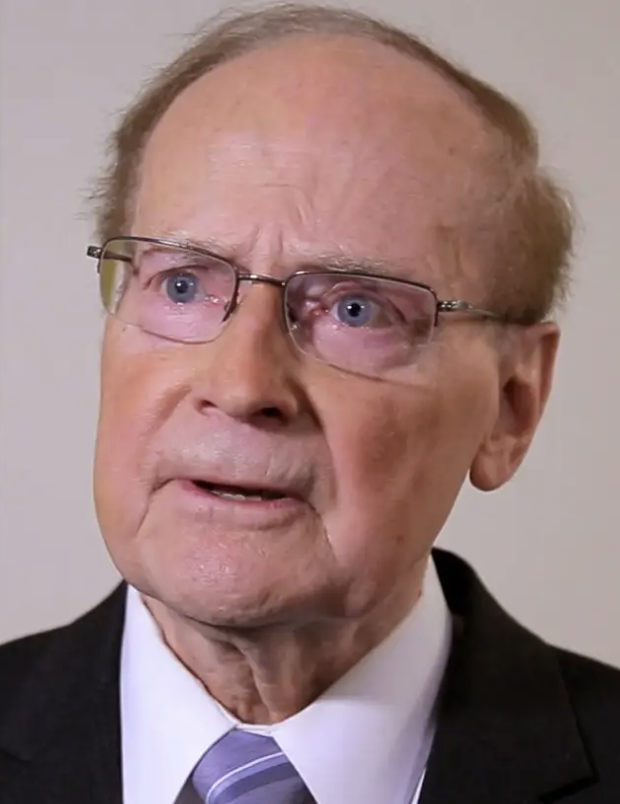An article by Sacha Pfeiffer in The Boston Globe entitled “For more firms, teaching English is in business plan” discusses an innovative benefit that at least 35 Massachusetts companies are providing their employees who are non-native English speakers – free classes to develop their English communication skills.
This caught my attention as an educator, coach, and clinician dedicated to the development of people’s communication potential. As a student of linguistics at Northeastern University years ago, I had the privilege to volunteer with S.H.A.R.E., a program provided for service workers on campus to deve lop practical American English skills. Besides a chance to make use of some high school Spanish, it was a rewarding opportunity to bridge differences, develop my coaching skills, and serve my school community.
lop practical American English skills. Besides a chance to make use of some high school Spanish, it was a rewarding opportunity to bridge differences, develop my coaching skills, and serve my school community.
Today, whether you’re a businessperson, academic, or merely a conscious global citizen, the ability to connect, understand, and collaborate with people and groups of different language and cultural backgrounds is as important as ever to your success.
By providing non-native employees these development opportunities, employers are showing they recognize the importance of leading-edge communication skills in the new millennium – and that they see the potential in their employees that makes the investment an obvious choice.
With resources and confidence developed in coaching and training programs like these, new doors will open for these individuals, their families, and their communities. Everybody wins.
To see the Boston Globe article, click here.
Jordan Piel is an Executive Communication Coach at The Speech Improvement Company.




